The Port of Kochi, located on the southern coast of Shikoku island, serves as a vital maritime gateway to Kochi Prefecture. Situated within the deep, protected waters of Urado Bay, it has historically been an important center for trade and fishing.
In recent years, Kochi has emerged as a popular and charming cruise destination, welcoming ships to its modern Kochi New Port facility. It provides visitors with a direct entry point to the region's rich history, beautiful natural landscapes, and unique cultural experiences, offering a more relaxed and traditional alternative to Japan's larger metropolitan ports.
A primary attraction is Kōchi Castle, one of only twelve castles in Japan to have survived with its original main keep. Located in the heart of the city, it offers panoramic views and a fascinating look into Japan's feudal past. It is easily accessible from the downtown shuttle drop-off point.
Katsurahama Beach is another must-see, located about 30 minutes by bus from the city center. While not for swimming due to strong currents, this scenic pebble beach is famous for its picturesque setting and the large bronze statue of local hero Sakamoto Ryōma.
Nearby Katsurahama is Chikurin-ji Temple, a beautiful Shingon temple on Mount Godai. As the 31st temple on the famous Shikoku Pilgrimage route, it features a stunning five-storied pagoda and tranquil gardens.
For a taste of local life and cuisine, the Hirome Market in downtown Kochi is an essential stop. This bustling indoor market hall is filled with food stalls where you can sample regional delicacies like seared bonito (katsuo no tataki) alongside local residents.
Last updated on June 20, 2025
A popular day trip destination is the Shimanto River, often called 'the last clear stream of Japan'. Located about a 2-hour drive from the port, it offers scenic boat cruises and beautiful, unspoiled natural landscapes, famous for its 'chinkabashi' (submersible bridges) that lack railings.
Another notable destination is the town of Aki, approximately one hour east of Kochi by car or train. It is known for its well-preserved samurai residences and traditional townscape, offering a glimpse into feudal Japan.
Last updated on June 20, 2025
Cruise ships dock at Kochi New Port, located in the Katsurahama area. The port is situated approximately 10 kilometers (about 6 miles) south of Kochi's city center.
Due to the distance, it is not feasible to walk to the main attractions in downtown Kochi. Transportation is required to reach sights like Kochi Castle and the main shopping arcades.
Most cruise lines provide complimentary or low-cost shuttle buses to a central point in the city, such as near Harimayabashi Bridge. The port facility itself has limited amenities, so most services, including shops and extensive dining options, are found in the city center.
Last updated on June 20, 2025
The official currency in Kochi is the Japanese Yen (JPY). It is highly recommended to have Yen for small purchases, transportation, and entry fees to some attractions.
US Dollars and other foreign currencies are generally not accepted for transactions. Major credit cards like Visa and Mastercard are widely accepted in larger stores, restaurants, and hotels, but it is wise to carry cash for smaller establishments and local markets.
Currency exchange services are available at banks in the city center. ATMs that accept international cards can be found at post offices and major convenience stores like 7-Eleven.
Last updated on June 20, 2025
Kochi, like the rest of Japan, is considered extremely safe with a very low crime rate. Tourists can feel secure exploring independently during the day, even when venturing off the main tourist paths.
The primary safety consideration is to be mindful of traffic, as vehicles drive on the left-hand side of the road. Always use designated crosswalks. There are no specific areas that need to be avoided by tourists.
Japan is located in a seismically active region. While the risk of an earthquake or tsunami during a short port visit is very low, it is always prudent to be aware of your surroundings and any posted safety information in public areas and buildings.
Last updated on June 20, 2025
Kochi has a humid subtropical climate, characterized by hot, humid summers and mild winters. The main cruise season in spring (March to May) and autumn (September to November) offers the most pleasant weather, with average temperatures ranging from 15°C to 25°C (60°F to 77°F) and less rainfall.
Summers (June to August) are hot and muggy, with temperatures often rising above 30°C (86°F) and a significant increase in precipitation during the 'tsuyu' rainy season. The typhoon season runs from late summer into autumn (typically August to October), which can occasionally impact cruise itineraries.
Visitors should pack light layers, comfortable walking shoes, and sun protection. During summer, lightweight and breathable clothing is essential, along with a raincoat or umbrella. A jacket is recommended for cooler evenings in spring and autumn.
Last updated on June 20, 2025
Cruise lines typically offer shuttle buses from the Kochi New Port to the city center, often dropping passengers near Harimayabashi Bridge. This is often the most convenient way to begin your exploration.
From the city center, the historic Tosaden Kōtsū tram network is a scenic and practical way to navigate the main downtown areas. For attractions like Katsurahama Beach, local buses are available. The 'MY-YU' bus is a specific tourist bus that runs a convenient loop between JR Kochi Station, downtown, and coastal sights.
Taxis are available at the port and in the city but can be relatively expensive compared to public transport. Ride-sharing services are not a common or reliable option in this region.
Last updated on June 20, 2025
The best shopping can be found in downtown Kochi, particularly within the Obiyamachi and Harimayabashi covered shopping arcades. These pedestrian-friendly streets are lined with a mix of modern stores, traditional shops, and restaurants.
Kochi is famous for several local specialties that make excellent souvenirs. Look for products made from yuzu, a local citrus fruit, as well as 'katsuobushi' (dried, smoked bonito flakes), a key ingredient in Japanese cuisine. Other local crafts include Tosa washi paper and Tosa cutlery.
A visit to the Hirome Market is also great for shopping, especially for local food products and snacks. In Japan, prices are fixed, and bargaining is not part of the culture. Tax-free shopping is available to foreign tourists at designated stores when presenting a passport for purchases over a certain amount.
Last updated on June 20, 2025
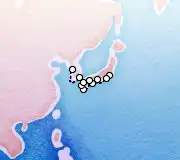
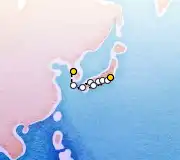
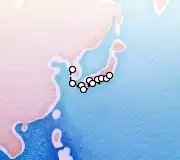
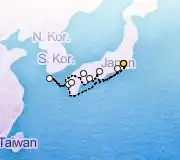
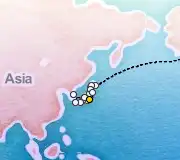

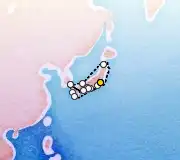

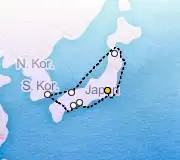
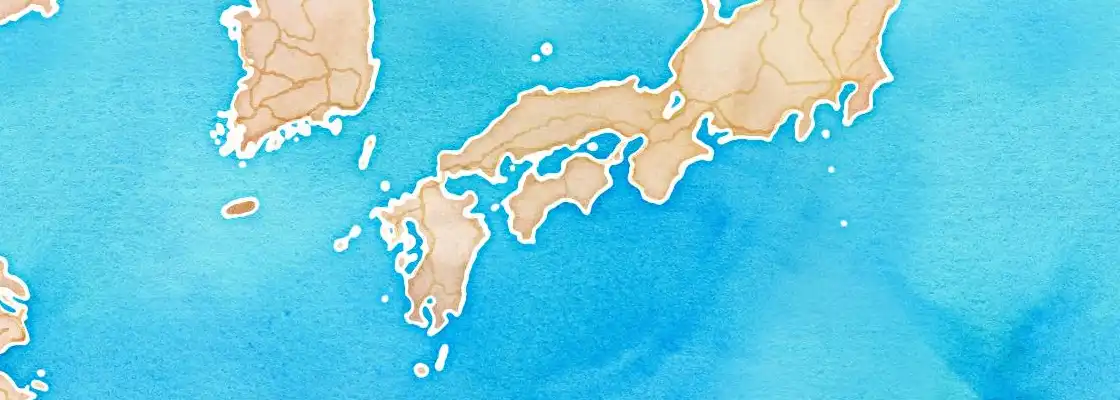
Showing 3 ships in the area
No ships scheduled in port today.
Overall cruises that visit Kochi are somewhat expensive compared to other itineraries. Sailings visiting Kochi during the the peak season of spring are considerably more expensive than the low months of summer and fall. Take a look at the illustration below for the monthly average cost per day.
Want to hear about the best deals and cruise tips every week? Sign up for our free weekly VIP Newsletter, customized exactly to your preferences!